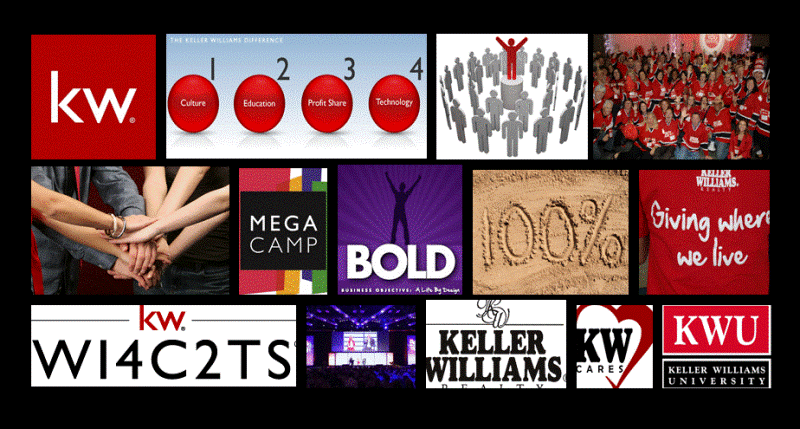Not too long ago, $80,000 would have been about four years’ worth of income for Connie Austin. And in her first years in the real estate business, it would have been more like eight years’ income. But since joining Keller Williams, Austin landed that much in just one deal as both the listing and buying agent on a $1,380,000 home.

“I don’t think I felt anything at first; it took a while,” said Austin, who is part of the Keller Williams Realty Experience market center in Murray, Kentucky. “My operating principal and my team leader were initially more excited than I was. Some of them have been in this business way longer than myself, so now it’s really sunk in, and it’s been a huge blessing for us.”
That check, $80,136.35 to be exact, could not have come at a better time for Austin and her family. When her husband became sick and unable to work, the Austins faced dire financial troubles. In no time at all, their savings was drained, and they had to move out of their home. The Austins were living in less than desirable conditions, and the only way Connie could get to appointments was in an old black pick-up truck with tires in such bad shape that she had to carry an air tank to fill them up every time she had to go back into town.
“I struggled for two years, and then Keller Williams came along and things got a little easier,” she said. “Aside from this deal, Keller Williams has allowed me to come home to a home, have a reliable vehicle, pay my bills and put money back in my business. I feel like for the first time that I have a business and that I have control over it. If I get leads and don’t work them, it’s my own fault, so I do the best I can to follow up on everything.”
In the case of the million-dollar listing, Austin relied on Keller Williams Realty’s My ListingsMy Leads – KW.com’s lead-routing system designed to route Internet leads directly to the listing agent – to secure both ends of the transaction. The listing involved a partnership of two sellers, only one of whom Austin knew. Both of the sellers had relocated to California, which complicated the process. Four different buyers made offers on the property, but it was the one who came through Austin that was the right one.
“Oddly enough, the one buyer who was my lead, who had seen my marketing online and how it fed back to me, he had the right mentality. He was out for a win-win deal, which made it easy on my part.”
Ultimately, the deal took only two days, one of which included an eight-hour conference call to close; due in part to the ease and convenience of the Keller Williams myTransaction paperless program, which allowed the buyer and the sellers to reach across time zones and state lines to sign all the necessary documents quickly and painlessly.
“I love the paperless program,” she said. “It’s sped up my business. It’s like instant gratification. I’d say 85 percent of my clients are on the paperless program, and once I got them to try it they never went back.”
Another element of Austin’s success is her commitment to learning. She sets aside at least 30 minutes each week to take part in a class while also taking advantage of audio education while she’s driving or doing dishes.
“Keller Williams is amazing,” she said. “I’ll never go anywhere else. When I was in my past life, I had no idea this was out there. It’s a blessing and a half. Just believing that I got that kind of money all in one deal makes me want to go out and find another one.”
